When it comes to choosing the perfect pair of shoes, the material is a crucial factor to consider. Two popular options that often come into contention are synthetic and leather shoes. As manufacturers continuously innovate and improve upon their designs, it becomes vital to understand the differences between these materials to make an informed choice. This article aims to delve into the pros and cons of synthetic and leather shoes, helping consumers make the best choice for their needs. 1. Durability and Longevity: Leather shoes are renowned for their durability and longer lifespan compared to synthetic options. Genuine leather molds to the shape of the foot, reducing discomfort and providing a custom fit over time. High-quality leather shoes, when properly cared for, can last for years. On the other hand, synthetic shoes, while often affordable, are less resilient and prone to wear and tear. They may require more frequent replacement. 2. Comfort and Breathability: Leather shoes offer excellent breathability due to the natural properties of the material.
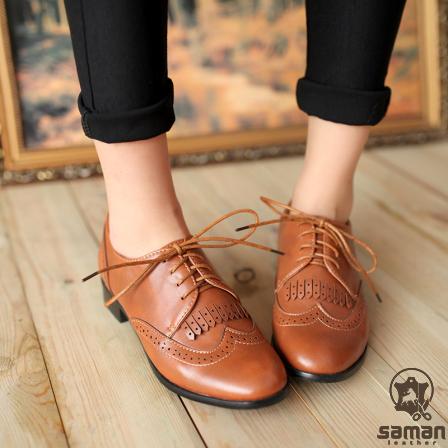
.
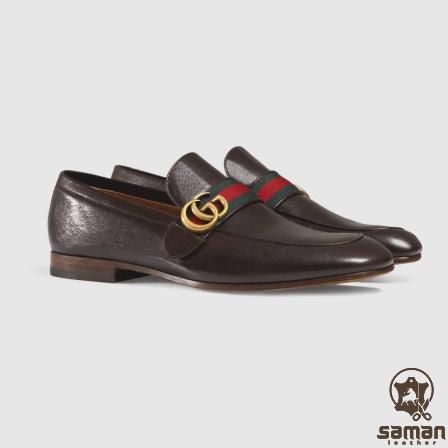 The pores in leather allow air circulation, preventing excessive sweat and odor build-up. Additionally, leather molds to the foot over time, enhancing comfort. Synthetic shoes, while not as breathable as leather, have the advantage of being lightweight and providing immediate comfort without the need for breaking-in. 3. Environmental Impact: Concerns regarding the environmental footprint of product manufacturing have also grown in recent years. Leather shoes, particularly those made from exotic skins, raise ethical questions regarding animal welfare and sustainability. In response, the synthetic shoe industry has developed alternative materials that mimic leather’s aesthetics yet reduce the environmental impact. Synthetic options can be created from recycled materials, reducing waste and promoting sustainability.
The pores in leather allow air circulation, preventing excessive sweat and odor build-up. Additionally, leather molds to the foot over time, enhancing comfort. Synthetic shoes, while not as breathable as leather, have the advantage of being lightweight and providing immediate comfort without the need for breaking-in. 3. Environmental Impact: Concerns regarding the environmental footprint of product manufacturing have also grown in recent years. Leather shoes, particularly those made from exotic skins, raise ethical questions regarding animal welfare and sustainability. In response, the synthetic shoe industry has developed alternative materials that mimic leather’s aesthetics yet reduce the environmental impact. Synthetic options can be created from recycled materials, reducing waste and promoting sustainability.
..
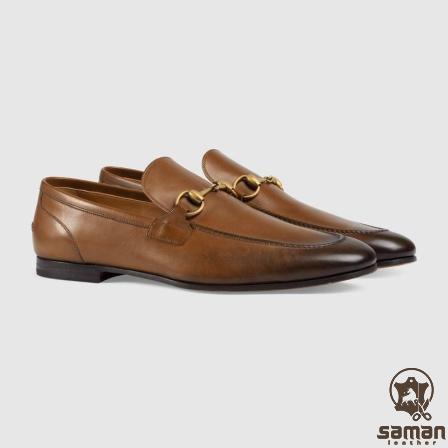 4. Style and Aesthetics: Traditionally, leather shoes have been associated with sophistication, timeless style, and a premium look. Leather shoes tend to maintain their shape and appearance, developing a rich patina over time, adding to their allure. Synthetic shoes offer a wide range of styles, colors, and finishes, with some imitating the appearance of leather very closely. The availability of synthetic materials allows for more experimental and trendy designs. 5. Cost: Synthetic shoes are generally more budget-friendly than leather shoes, making them an appealing choice for many consumers. The affordability of synthetic shoes makes them accessible to a wide range of buyers. Leather shoes, however, come at a higher cost due to the sourcing and manufacturing processes involved.
4. Style and Aesthetics: Traditionally, leather shoes have been associated with sophistication, timeless style, and a premium look. Leather shoes tend to maintain their shape and appearance, developing a rich patina over time, adding to their allure. Synthetic shoes offer a wide range of styles, colors, and finishes, with some imitating the appearance of leather very closely. The availability of synthetic materials allows for more experimental and trendy designs. 5. Cost: Synthetic shoes are generally more budget-friendly than leather shoes, making them an appealing choice for many consumers. The affordability of synthetic shoes makes them accessible to a wide range of buyers. Leather shoes, however, come at a higher cost due to the sourcing and manufacturing processes involved.
…
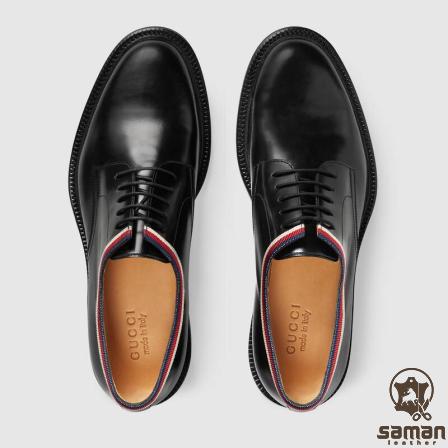 Despite the initial investment, the durability and longevity of genuine leather shoes often make them a cost-effective choice in the long run. Conclusion: Choosing between synthetic and leather shoes ultimately depends on individual preferences, priorities, and budget considerations. Leather shoes offer longevity, comfort, and style, while synthetic shoes are often more affordable and environmentally conscious. By understanding the pros and cons of each material, consumers can make an informed decision that meets their needs and aligns with their values. Regardless of the choice, it is important to prioritize quality, fit, and overall comfort to ensure a satisfying footwear experience.
Despite the initial investment, the durability and longevity of genuine leather shoes often make them a cost-effective choice in the long run. Conclusion: Choosing between synthetic and leather shoes ultimately depends on individual preferences, priorities, and budget considerations. Leather shoes offer longevity, comfort, and style, while synthetic shoes are often more affordable and environmentally conscious. By understanding the pros and cons of each material, consumers can make an informed decision that meets their needs and aligns with their values. Regardless of the choice, it is important to prioritize quality, fit, and overall comfort to ensure a satisfying footwear experience.
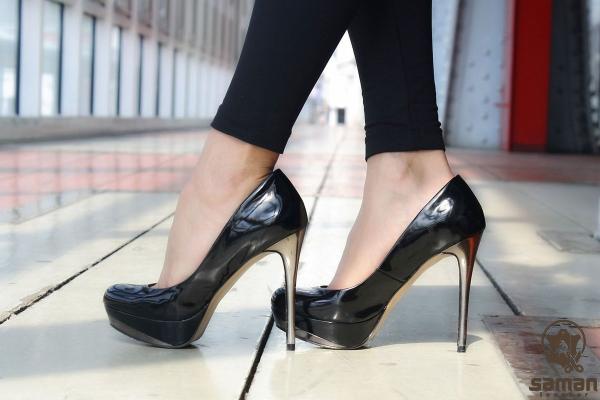
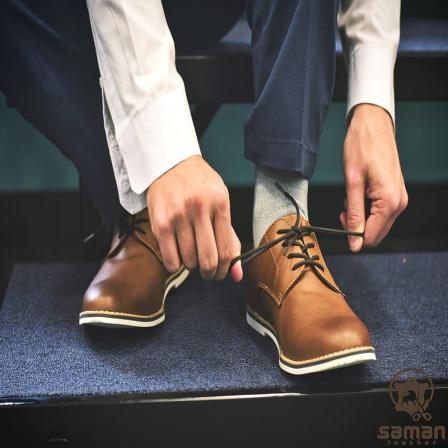
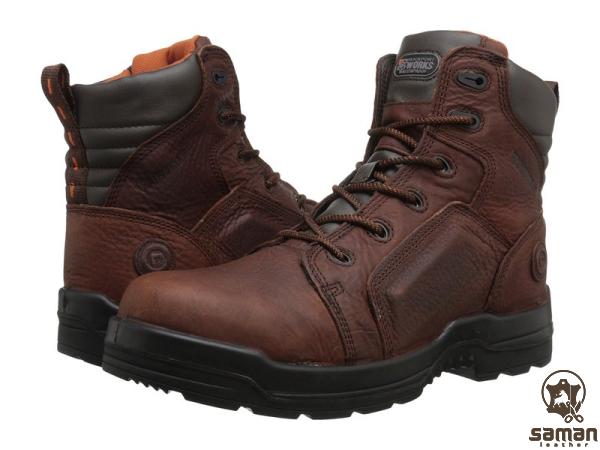
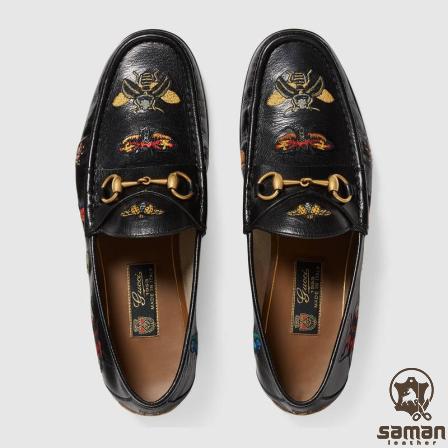

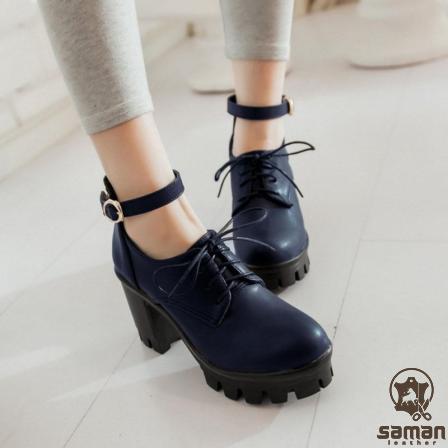
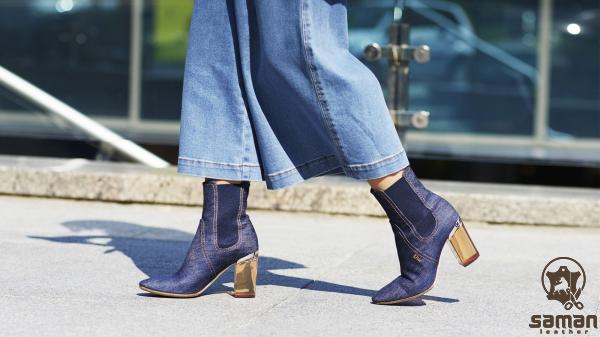

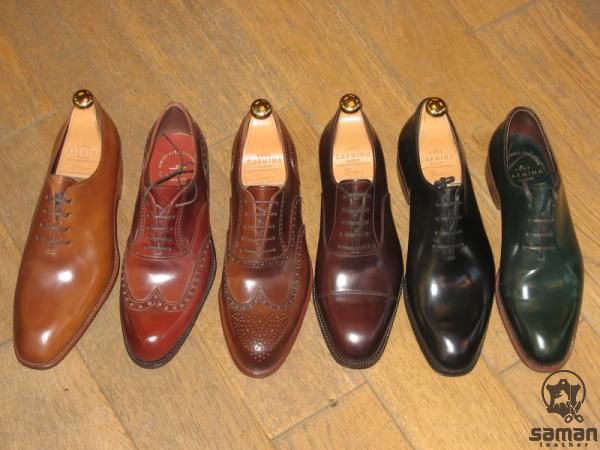
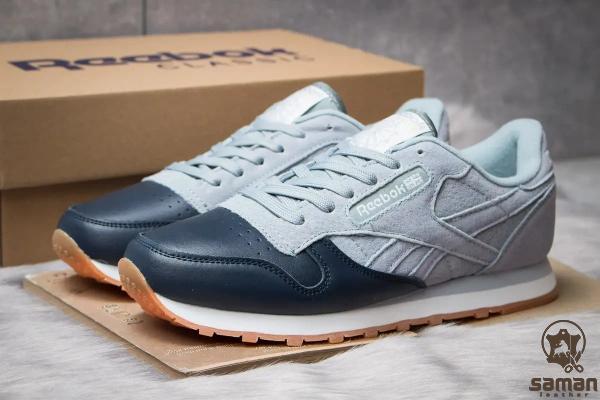
Your comment submitted.